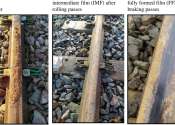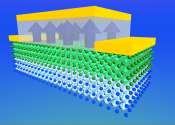RoboTool enables creative tool use in robots
If an ingredient is out of reach on a high pantry shelf, it wouldn't take you more than a few seconds to find a step stool, or maybe just a chair, to stand on to bring the ingredient within your reach. This simple solution ...
Feb 16, 2024
0
33









